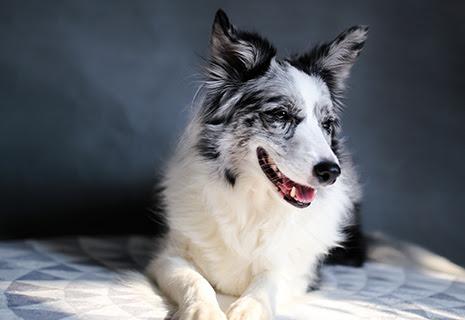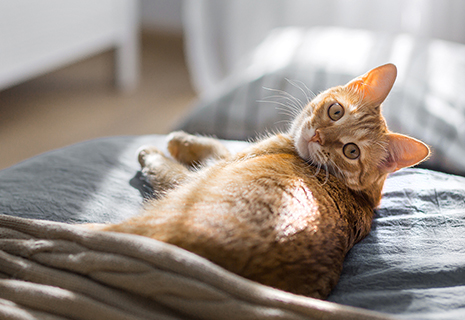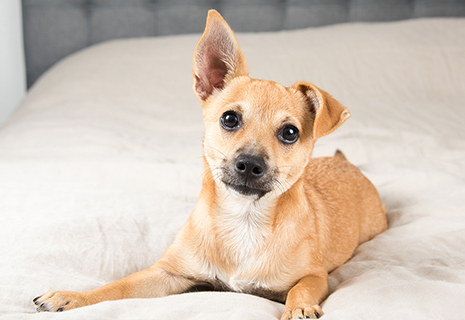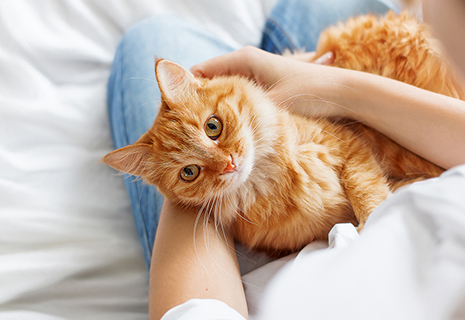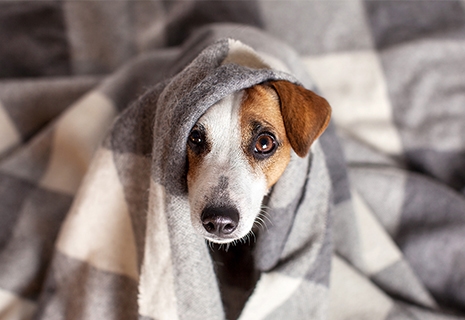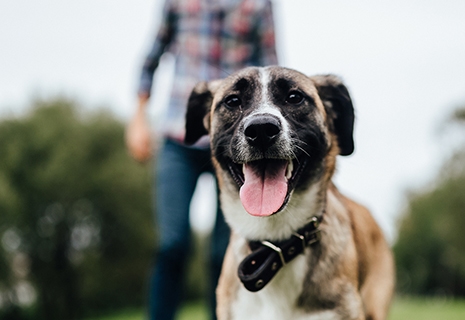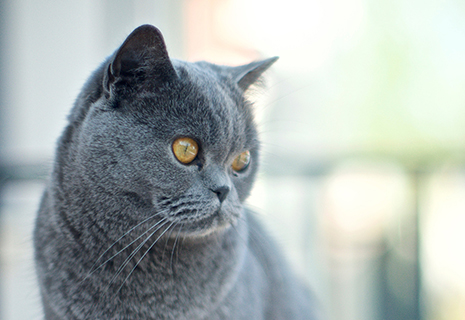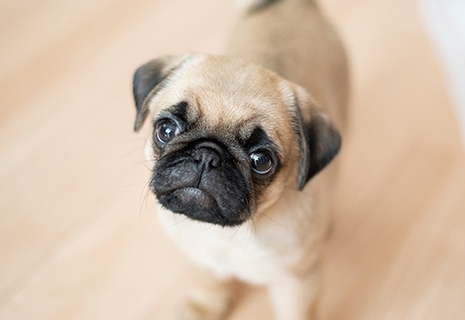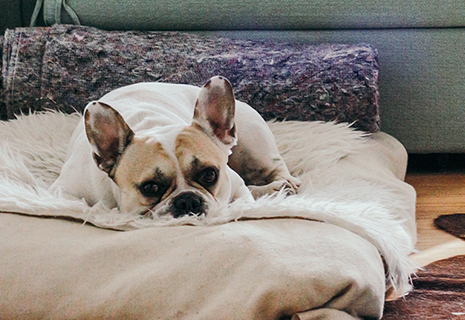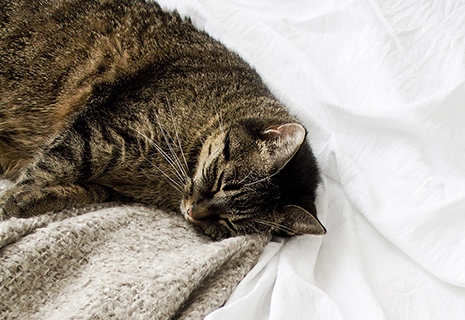Our Radiology Specialists
Radiology is the specialty of directing medical imaging technologies to diagnose and sometimes treat diseases. Radiography involves the use of X-rays to produce radiographs. Following extensive training, veterinary radiologists also direct other imaging technologies such as ultrasound, computed tomography (CT), magnetic resonance imaging (MRI) and nuclear medicine to treat disease.
PetRad has a dedicated imaging center and radiologist, Robert C. McLear, VMD, ACVR, within MVA offering computed tomography (CT), digital radiography, ultrasound, and Iodine-131 radiotherapy.
Computed tomography (CT) imaging, in cooperation with PetRad, is available on-site at MVA. A CT uses X-rays in conjunction with computing algorithms to image the body. Radiocontrast agents are often used with CT for enhanced delineation of anatomy and angiography. With computer manipulation, CT images can be reconstructed into 3D images.
Nuclear medicine involves the administration of radiopharmaceuticals like Iodine-131. Hyperthyroidism in cats can be cured with radioactive iodine therapy. This treatment is very safe and very effective. Radioactive iodine has a high cure rate (over 95% of cats are cured after a single treatment) and is given as a single injection under the skin (similar to how a vaccine is given). After treatment your cat needs to stay in a special isolation area until the radioactive iodine is cleared. Most cats stay for about three days. During this time you will be unable to visit, but your cat will be well cared for and you will be given daily updates. A state of the art ultrasound machine is used to visualize muscles, tendons, and many internal organs, their size, structure and any pathological lesions with real time tomographic images. Ultrasound has been used to image the human body for at least 50 years. It is one of the most widely used diagnostic tools in modern medicine. Ultrasounds performed by our radiologist usually last about twenty minutes. Although you will not be present for your pet’s ultrasound, you can rest assured that your pet is in the best of hands.
Learn About Our Radiology Specialty
Hear from Dr. Robert McLear as he speaks about the specialty.
